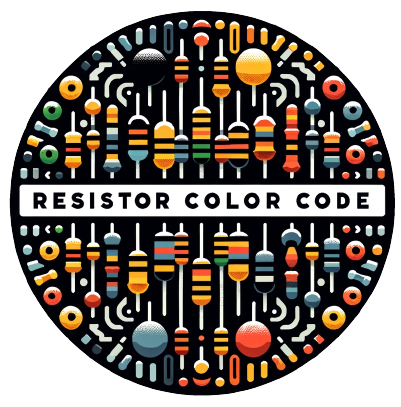Advanced Topics of Resistor Color Code
Delving into advanced topics of resistor color codes involves exploring nuances, variations, and specific applications that go beyond the basic understanding of reading color bands on resistors. These advanced topics can enhance your ability to work with a wide range of resistors in complex electronic systems, ensuring accuracy and reliability in component selection and circuit design. Let’s explore some of these advanced topics:
1. High-Precision Resistors
High-precision resistors, often used in critical applications where exact resistance values are crucial, use a 5-band or 6-band color code. The additional band(s) provide a finer level of detail, allowing for more precise resistance values and tighter tolerances. For example, a 5-band resistor might include three significant digits, a multiplier, and a tolerance band, offering precision not possible with the standard 4-band code.
2. Temperature Coefficient
The 6th band in some high-precision resistors indicates the temperature coefficient, which is the rate at which the resistance value changes with temperature. This band is crucial for applications where the resistor will be subjected to varying temperatures, and the circuit’s performance depends on stable resistance values. Understanding how to read this band can help in selecting the right resistor for temperature-sensitive applications.
3. Zero-Ohm Resistors
Zero-ohm resistors, marked with a single black band, are used as jumper wires or to complete traces on printed circuit boards (PCBs) where using an actual wire is impractical. They are treated like resistors for automated PCB assembly processes, simplifying the manufacturing process. Despite being called “resistors,” their purpose is more about connectivity than resistance.
4. Reliability Band
Some military-specification resistors include an additional band to denote the failure rate or reliability of the resistor, expressed in failures per million hours (FPMH). This band is critical in high-reliability applications, such as aerospace and military electronics, where component failure rates must be minimized.
5. Non-Standard Color Codes
While the IEC standard color code is widely adopted, there are exceptions and legacy systems that may use non-standard color codes or different systems altogether. Being aware of these variations is important when working with older equipment, specialized components, or in certain geographic regions where different standards may have been adopted.
6. Surface Mount Device (SMD) Resistors
SMD resistors do not use color bands due to their small size. Instead, they use alphanumeric codes to indicate resistance values and sometimes tolerance. Understanding these codes is essential as SMD components become more prevalent in modern electronics.
7. Specialized Resistors
Certain specialized resistors, such as fusible resistors (which act as a fuse under overload conditions), may have unique marking schemes to differentiate them from standard resistors. Knowing these markings can prevent incorrect substitutions that might compromise circuit safety or functionality.
8. Practical Tips for Reading Faded or Unclear Bands
In real-world scenarios, resistors may have faded, smudged, or partially obscured color bands due to aging, heat, or environmental conditions. Experienced technicians often rely on context, partial information, and circuit analysis to deduce the correct value, or they may resort to measuring the resistor with a multimeter.
Conclusion
The advanced topics of resistor color codes encompass a broad range of considerations, from high-precision applications and temperature sensitivity to understanding non-standard codes and dealing with physical challenges like faded bands. Mastery of these advanced concepts enables engineers and technicians to navigate the complexities of modern electronics, ensuring the selection of appropriate components for reliable and accurate circuit design.
Use this paragraph section to get your website visitors to know you. Write about you or your organization, the products or services you offer, or why you exist. Keep a consistent communication style. Consider using this if you need to provide more context on why you do what you do. Be engaging. Focus on delivering value to your visitors.
